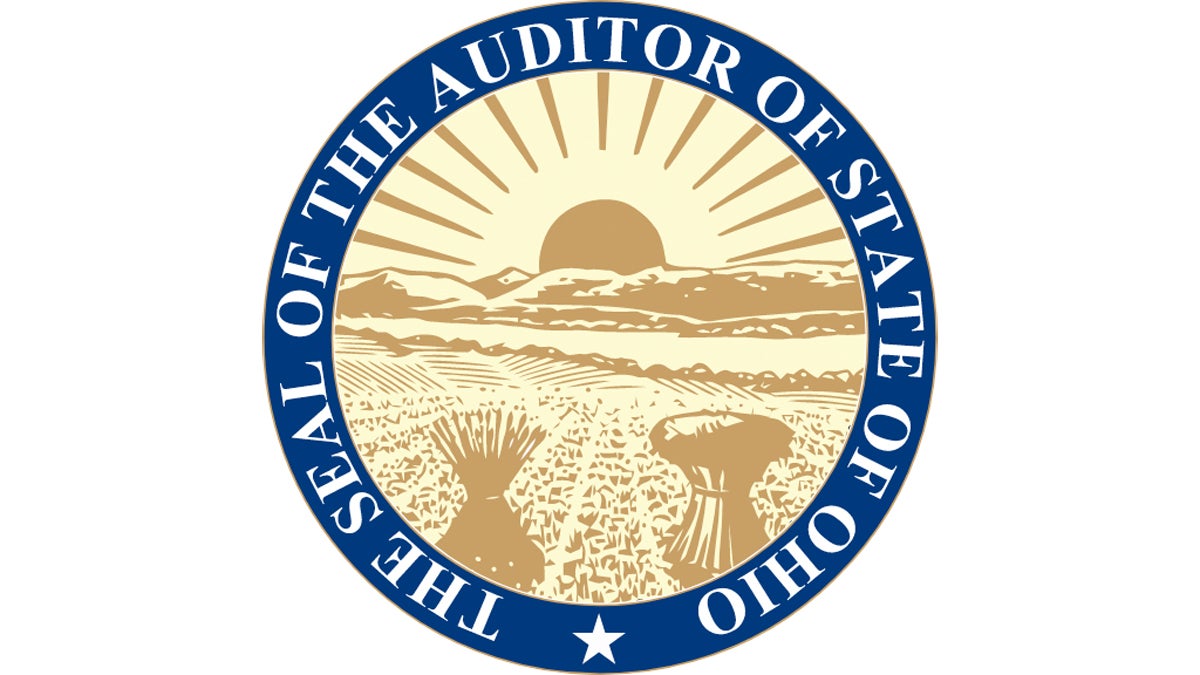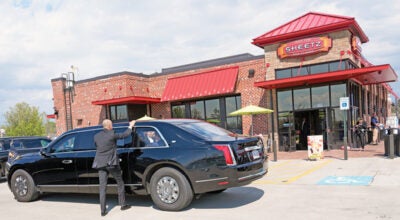Portman, Manchin introduce bill to finish Appalachian Development Highway System
Published 12:00 am Sunday, June 27, 2021

- U.S. Sen. Rob Portman, R-Ohio
WASHINGTON, D.C. — U.S. Sens. Rob Portman, R-Ohio, Joe Manchin, D-West Virginia, and Bob Casey, D-Pennsylvania, introduced the bipartisan, bicameral Finish the Appalachian Development Highway System Act on Thursday, which would provide $1.75 billion in dedicated funding over five years for the network of transportation corridors across Appalachia for the first time since 2012. Ohio stands to receive $122.1 million in funding through this legislation.
“Since its creation in 1965, the Appalachian Development Highway System has created thousands of miles of highway, creating jobs and bringing important economic development to rural parts of Ohio and the rest of Appalachia. Unfortunately, the portion that remains incomplete is difficult to build and expensive,” Portman said in a news release. “I am pleased to be introducing this bipartisan legislation with Sen. Manchin, so that the System may finally be completed and hard-to-reach places in Appalachia are no longer hard to reach.”
Portman, Manchin, and Casey were joined by U.S. Reps. David Trone, D-Maryland, and Gary Palmer, R-Alabama.
In the 1960s, one in three Appalachians lived in poverty, with per capita income 23 percent lower than the U.S. average at the time. At the time, Appalachia was isolated from much of the country, having been largely bypassed by the Interstate Highway System. The ADHS was signed into law in 1965 by President Lyndon B. Johnson to build 3,090 miles of highway.
As of FY 2021, 91.1 percent of the system is under construction or open to traffic, with only 276 miles left to go. According to the ARC, the full cost of completion for the ADHS is roughly $9.7 billion. Its completion would create 47,000 jobs and facilitate billions more in goods and services throughout Appalachia. Every $1 invested in the ADHS yields an estimated return of $7.10.
Since its inception in 1965, the ADHS has generally received specifically dedicated funding for its construction from Congress on a yearly basis. However, in 2012, the Moving Ahead for Progress in the 21st Century Act (MAP-21) and its successor, the Fixing America’s Surface Transportation (FAST) Act, no longer provided dedicated ADHS funds to States’ Departments of Transportation, and many projects languished.
States were permitted to build and complete ADHS corridors at their own discretion per a more general federal allocation. Unfortunately, states focused on less costly, more immediate projects. The purpose of ADHS was to build in isolated areas in Appalachia — places that were difficult, expensive and hard to reach. Dedicated federal funding is the only viable solution to finishing the last few portions of this critical network.





